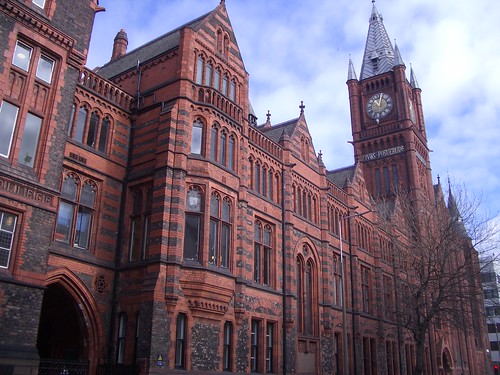 English is the most dominant language in Great Britain Island, Island of Ireland, and Isle of Man, but Celtic languages, such as Welsh, Cornish, Scots, and Gaelic, used to be major languages in these islands in the past. In Ireland, which used to be controlled by Britain for a long time, 1,700,000 people used to speak Gaelic in 1850. As time passed, the number of Gaelic speakers declined. It dropped to 680,000 in 1891. However, Douglas Hyde established Gaelic League at the same time of a rise of action claimed for autonomy of Ireland. The purpose was to stop permeation of English language and protect the areas where Gaelic was spoken and help Gaelic language revive. Gaelic became a symbol of a nation. After Republic of Ireland was established in 1922, Gaelic became a required class. In spite of this, the number of Gaelic speakers declined to 120,000 in 1926, 70,000 in 1961, and 32,000 in 1980. However, because of the result of education, statistically, the number of people who has knowledge of Gaelic today is 41 percent.
English is the most dominant language in Great Britain Island, Island of Ireland, and Isle of Man, but Celtic languages, such as Welsh, Cornish, Scots, and Gaelic, used to be major languages in these islands in the past. In Ireland, which used to be controlled by Britain for a long time, 1,700,000 people used to speak Gaelic in 1850. As time passed, the number of Gaelic speakers declined. It dropped to 680,000 in 1891. However, Douglas Hyde established Gaelic League at the same time of a rise of action claimed for autonomy of Ireland. The purpose was to stop permeation of English language and protect the areas where Gaelic was spoken and help Gaelic language revive. Gaelic became a symbol of a nation. After Republic of Ireland was established in 1922, Gaelic became a required class. In spite of this, the number of Gaelic speakers declined to 120,000 in 1926, 70,000 in 1961, and 32,000 in 1980. However, because of the result of education, statistically, the number of people who has knowledge of Gaelic today is 41 percent.Welsh

Welsh is a national language of Wales (Red part of the map) as well as English. 80 percent of people who lived in Wales used to be able to speak Welsh at the early 19th century, but the number of Welsh speakers decreased as English became more common. It dropped to 54 percent in 1891, 40 percent in 1911, 30 percent in 1951, and 25 percent in 1971. At last it became 18 percent. In order to solve this problem, Welsh Language Society was established in 1962, and teaching Welsh at the beginning stage of elementary school and junior high school became compulsory. In a statistics of 1997, schools whose all classes or a part of class were done by Welsh accounted for approximately 20 percent. Schools which taught Welsh as a second language were over 75 percent. As the result, the number of Welsh speaker increased to 20.5 percent according to the research done in 2001.
 Many other things have been done in order to protect Welsh other than these things above. For example, using Welsh on signs as well as English, broadcasting in both languages English and Welsh, and using both languages on websites. Personally, I think that the best way is based on education because we have to have many young generations who can speak Welsh, otherwise no one will be able to speak and teach Welsh in the future. Then Welsh could be extinct. In this sense, I think educating students in Welsh and teaching Welsh as a second language is a good idea, and they do have to do so that Welsh can survive. A language is strongly intertwined with a culture. A language dies, which means a culture dies. As a student who are learning English, I think English ia a great tool to communicate with many people from all over the world; however, I also think we should protect minority languages as well in order to protect their cultures.
Many other things have been done in order to protect Welsh other than these things above. For example, using Welsh on signs as well as English, broadcasting in both languages English and Welsh, and using both languages on websites. Personally, I think that the best way is based on education because we have to have many young generations who can speak Welsh, otherwise no one will be able to speak and teach Welsh in the future. Then Welsh could be extinct. In this sense, I think educating students in Welsh and teaching Welsh as a second language is a good idea, and they do have to do so that Welsh can survive. A language is strongly intertwined with a culture. A language dies, which means a culture dies. As a student who are learning English, I think English ia a great tool to communicate with many people from all over the world; however, I also think we should protect minority languages as well in order to protect their cultures.Reference
Deguchi, Yasuo. Kobayashi, Akio. Saitou, Takako. The 21st Century Encyclopeadia of British Culture. Tokyo: Tokyo shoseki, 2009.

















